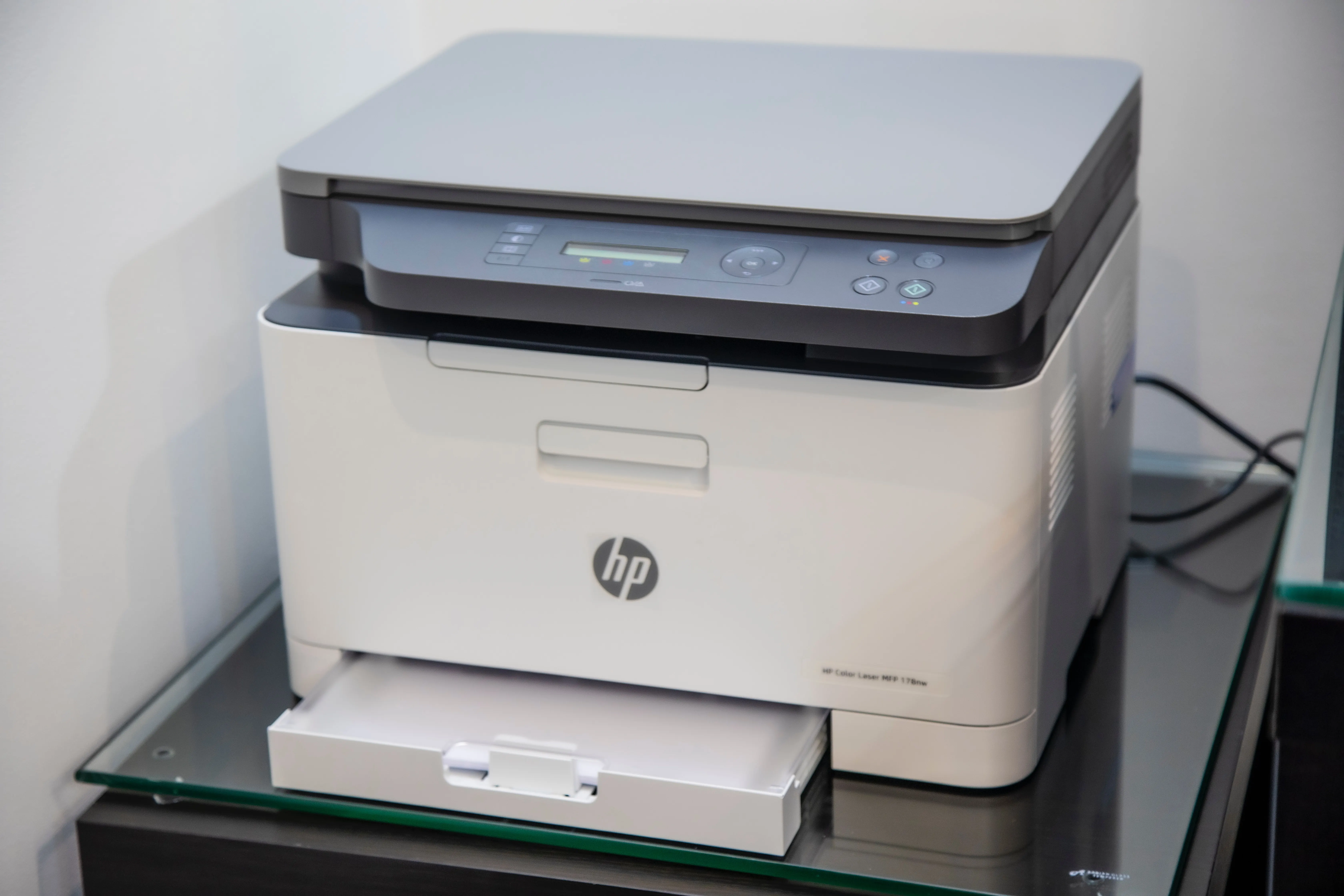When Idaho Businesses Should Upgrade Their Devices: A Practical Guide
For Idaho businesses—whether you’re a Boise tech startup, a Twin Falls agricultural operation, or a Sun Valley tourism provider—your devices are the...
3 min read
![]() Totalcare IT
:
Apr 23, 2025 10:00:00 AM
Totalcare IT
:
Apr 23, 2025 10:00:00 AM
In Idaho, where businesses and residents rely on technology for everything from managing agricultural operations in Twin Falls to running tourism services in Coeur d’Alene, cybersecurity threats are a growing concern. Two terms often surface in these discussions: malware and ransomware. While both pose significant risks, understanding their differences is crucial for protecting your data and operations. This blog explores what sets malware and ransomware apart, how to recognize them, and why this knowledge matters for Idaho’s diverse communities.
To safeguard your digital environment, it’s essential to grasp the distinct nature of malware and ransomware. Both are malicious software, but their goals, behaviors, and impacts differ significantly.
Malware, short for "malicious software," is a broad category of programs designed to harm, disrupt, or exploit devices, networks, or data. It includes viruses, worms, spyware, and more, each with varying methods of infiltration and damage.
Ransomware is a specific subset of malware that encrypts a victim’s files or locks their system, rendering it inaccessible. Attackers then demand a ransom—typically in cryptocurrency—for a decryption key or to restore access, exploiting urgency and fear.
While ransomware falls under the malware umbrella, its distinct characteristics set it apart. Recognizing these differences helps Idaho users respond effectively to threats.
Malware’s goals vary widely. It might steal sensitive data (e.g., customer records from a Boise retailer), spy on user activity (e.g., keystrokes from a Meridian office), or disrupt systems (e.g., crashing a Pocatello server). Its intent isn’t always financial—it can also serve espionage or sabotage.
Ransomware, by contrast, has a singular aim: financial gain through extortion. Once it locks your files—like a Nampa clinic’s patient records or a Sun Valley resort’s booking system—it demands payment, often with a deadline to pressure compliance.
Malware often spreads quietly via phishing emails, infected downloads, or compromised websites. It might linger undetected, collecting data or weakening defenses, as seen in attacks targeting Idaho’s rural businesses with limited IT resources.
Ransomware announces itself. After infection—often through similar vectors—it encrypts files or displays a ransom note, making its presence unmistakable. For example, an Idaho Falls manufacturer might suddenly lose access to production logs, with a demand screen as the only clue.
Malware’s effects depend on its type. Spyware might silently harvest login credentials from a Lewiston accountant, while a worm could overload a network in Caldwell. The damage can be subtle or systemic, often requiring forensic analysis to uncover.
Ransomware’s impact is immediate and visible: encrypted files or a locked device. An Idaho rancher might find herd management software unusable, or a Boise startup could lose access to critical code, halting operations until resolved—or paid.
Idaho’s blend of urban innovation and rural tradition makes cybersecurity literacy vital. Malware and ransomware threaten the state’s economic pillars—agriculture, tourism, healthcare, and tech—in distinct ways.
Malware can erode trust and efficiency. A spyware infection at a Eagle hotel could leak guest data, violating privacy laws, while a virus in a Twin Falls processor’s system might disrupt supply chains, costing time and money.
Ransomware hits harder and faster. A healthcare provider in Idaho Falls locked out of patient records faces legal and ethical crises, while a Burley retailer losing online sales data during peak season could suffer irreparable losses.
Recognizing malware versus ransomware empowers Idaho users to act decisively. Here’s how to differentiate and respond.
For Idaho, distinguishing malware from ransomware isn’t just technical—it’s practical. Malware’s stealth demands proactive monitoring, while ransomware’s boldness requires robust backups and rapid response plans. In a state where small businesses in Rexburg and tech hubs in Boise alike fuel growth, both threats can disrupt livelihoods.
As your Idaho cybersecurity partner, we offer tailored solutions—antivirus tools, backup systems, and incident response—to counter these risks. Whether you’re in the Panhandle or the Magic Valley, understanding these threats is the first step to resilience.
Ready to strengthen your defenses? Contact us today to discuss how we can protect your Idaho operation from malware, ransomware, and beyond.

For Idaho businesses—whether you’re a Boise tech startup, a Twin Falls agricultural operation, or a Sun Valley tourism provider—your devices are the...

Recently, it's become almost impossible for Manufacturers to purchase cyber insurance here in the US. At face value this seems odd; they rarely hold...

In today's digital age, cyber-attacks have become a significant threat to organizations and individuals alike. While most people focus on securing...